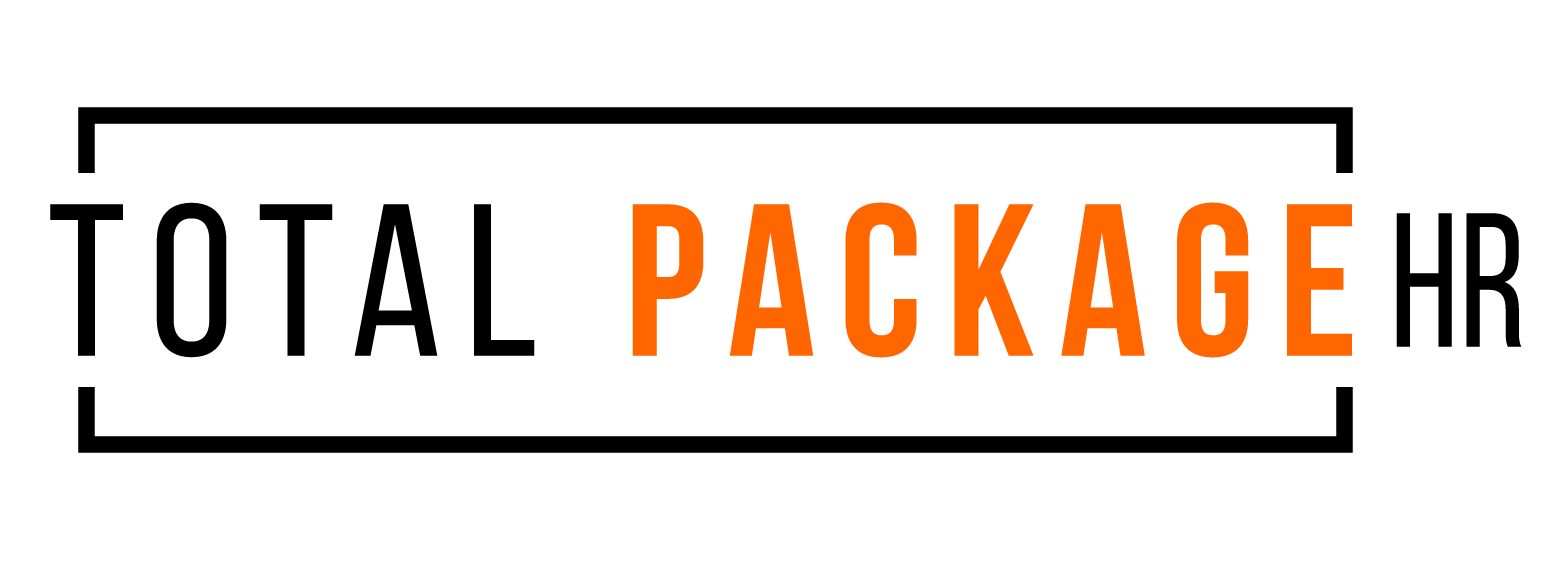Performance Evaluations- A New Approach
I think that it is safe to say that most managers dread the annual reminder email, “Performance evaluations are due.” But why are these so abhorred? For many people, evaluations are daunting, a task that has to be marked off the list that is time consuming and (if not done with intention) holds little to no weight. Where is their ROI? Managers spend time going through an exercise to be met with one of the following: (1) an employee that does not care; (2) an employee that is defensive, or everyone’s favorite; (3) an employee that is only expecting more money.
Many employees dread this time just as much as the manager conducting the evaluation.
“Why do I have to sit through this?”
“This isn’t constructive or positive, and it focuses on what I lack with no solution.”
”Am I getting more money?”
So, with everyone unhappy and going into this process with trepidation, why are we still forcing these?
That is the exact question that we as leaders need to answer.
Let’s find the “why” behind evaluations and create a philosophy that fits our organization and drives us toward our strategic goals and objectives. That is the game plan after all. We are all trying to determine how we get from point A to point B with the right people, in the right place, for the right price, and advance our mission. Without an evaluation of what we are doing and how we are doing it, we will not have a clear understanding of how we can improve as a whole.
It’s challenging to measure performance on a path that is not defined. How do we get there if we do not know where we are going? This is why a performance evaluation philosophy cannot be “canned” or mass produced because we are all heading in unique directions. What works for me, may not work for you. In simpler terms, we have to start at the beginning. We must know as an organization, what our mission, vision, and values are, and use these as the foundation to build our strategic plans and then build our performance evaluations around how we accomplish these goals. Evaluations have the ability to be either helpful (growth and goal setting) or harmful (evaluations that are performed to “check a box”), so they should be thoughtful, focused, true to the work being assessed, and strategic. We can create a paradigm shift within our culture and develop a philosophy and new approach to restructure our evaluations so that they align with, and contribute to, our organizational goals.
When developing an organization’s performance evaluation philosophy and structure, there are specific items that can be identified to assist in building a program that best fits the objectives of the organization:
· Establish what will be measured. Determine if these evaluations will be used to measure essential job performance, tracking against key objectives and goals, impact on organization’s culture or other objectives identified that are related to the job description and the organization’s mission.
· Identify how often performance will be evaluated. There has been a shift in recent years for more frequent and consistent reviews, often referred to as CFRs (Conversation, Feedback and Recognition). The thought is that more frequent assessment and feedback provides the opportunity for a more focused target and ideal result while establishing a consistent level of accountability. Again, this decision will need to be made with the organization’s culture in mind.
· Create strategic alignment. Performance evaluations should always be tied to essential job functions, but should also incorporate the organization’s mission, vision and values and become a strategic component for accomplishing your “why.”
· Focus on Enhancement. Performance evaluations are a pain point in many organizations. They can be time consuming and, if they lack direction and are not used to identify objectives and key results, they can run the risk of losing impact and become an exercise in futility. We all want employees that perform well in their position, but we should also strive to develop employees that enhance our culture.
· Provide Transparency. Evaluations can be a time of transparency and can be used to bring employees into the fold. Ensuring that employees understand what is being evaluated, why it is being tracked the way it is, and how their specific role contributes to the overall success of the organization, creates buy in. This can also be a time to discuss career paths and compensation structures.
A thoughtful and developed evaluation process can also serve the following organizational functions:
· Guide HR decisions. Evaluations should assist in making determinations for promotions, terminations, performance improvement plans, revisions to job descriptions, new positions that may need to be created, and forecast future employment needs. With that said, we also should not wait for annual reviews to take action to correct behavior, talk to employees about performance (good and bad), implement performance improvement plans, etc.
· Reward and motivate employees. This one can be challenging as we do not believe that each evaluation has to be accompanied by a pay increase. That said, we believe compensation should be based on performance, making evaluations an integral part of compensation decisions. Evaluations can also provide intrinsic rewards by way of positive reinforcement and recognition.
· Promote personal development. As individuals we need feedback so that we can improve. Accurate and timely evaluations can facilitate learning and eagerness for growth and improvement.
· Identify training needs. A well-designed evaluation can identify gaps where an individual may require additional training. It should also aid in establishing the abilities and skills needed for each job and setting the performance levels and qualifications may tie into job description updates.
· Create career paths. Employees want to know where they are headed and what upward mobility is available. Intentional evaluations assist in the development of career paths. This can also aid in creating compensation structures or salary ranges if the organization does not already have something in place.
Now it is time to roll up our sleeves and get strategic. This will look different for each organization, but there are a few launchpad items that can assist us in implementing change.
· Decouple evaluation and compensation. Employees have the expectation that a performance evaluation equals more money in the bank, because oftentimes we place them so close together. We have unintentionally blurred the lines. Change it. There is no rule that states when evaluations have to occur. If salaries are reviewed in Q4 for increases in Q1, move evaluations to Q2. Provide feedback in the second quarter so that when the fourth quarter comes around, we have some tangible evidence and data to analyze, and we make business and cash-flow based decisions that are not under the scrutiny of expectation.
· Increase the cadence. This will be determined by the size of your organization, your capacity, and your culture. If you are a large operation and annual evaluations make the most sense, test informal check ins that occur bi-annually. If you are smaller and have the bandwidth, hold quarterly evaluations. Again, there is nothing governing when these have to take place. If there is an issue with performance standards, do not wait until an evaluation to address it. A performance evaluation should never be the first time an employee is hearing improvement is needed.
· Get interactive. Evaluations can be used to learn more about employee needs and ‘asks’ from the organization. Our goal is not only to hire great people but to retain them. Turnover is costly and losing great people can dramatically impact our bottom line. Use evaluations as a time to check the pulse of your employee population, ask questions on how the company can improve. Making this interactive can provide us with valuable information and targets on how we keep our innovators.
· Review your system. How are you evaluating? Is there a classification procedure ranging from outstanding to poor on key identified items? Ranking, rating or graphic rating scales, paired comparison, forced choice… the list goes on. Knowing what will be completed honestly and effectively is key. Just because something was done in the past doesn’t make it right for the future, it is okay to switch it up and change.
· Focus on your mission. Ask: how are our employees positively contributing to our mission? Your mission should be the foundation of what you do each day, and this includes performance evaluations. Making this the focal point to build your evaluation on provides the solid foundation needed to create meaningful interactions and evaluations.
Reaching a destination without a map is a more challenging task than arriving at a desired location with clear directions. It doesn’t mean we can’t arrive; it just may take us longer and potentially lead us down roads better left untraveled. Let’s shake things up and revamp our process so that evaluations become a tool, rather than a task, and a marker on our roadmap to success.
Looking for quick updates, reminders, and employment information? Follow us on LinkedIn






